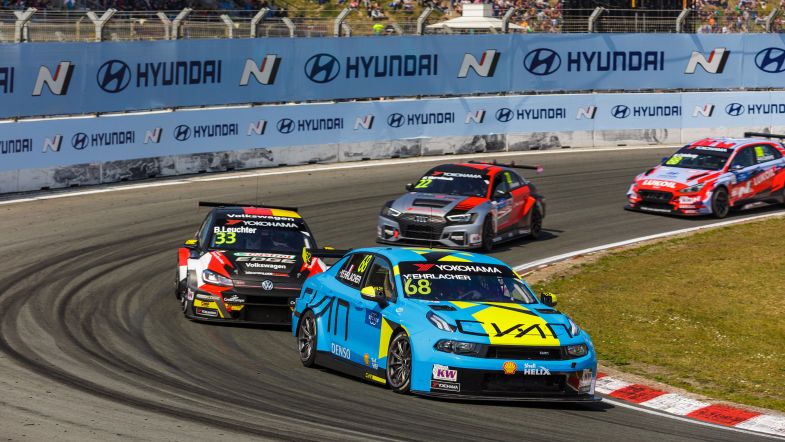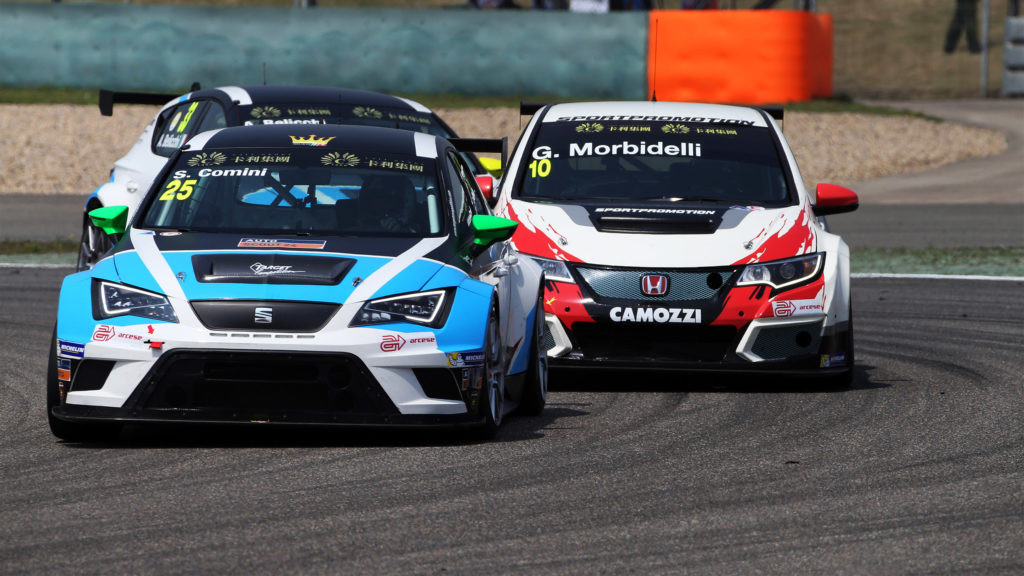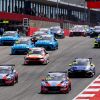Feature: Solving a problem like manufacturer involvement in WTCR
The World Touring Car Cup has become one of the most successful touring car championships in just the space of two years, but already there are a few cracks forming, with Hyundai Motorsport team director Andrea Adamo threatening to leave the championship last week due to uncertainty over the series’ direction, and he’s not the only one to have concerns.
You can quickly see a tit-for-tat argument between all the manufacturers, who’ve all taken different approaches to the championship, but as I called out ahead of the season’s start , there’s no question, every manufacturer (with the sole exception of Alfa Romeo) is involved in a formal capacity in this year’s WTCR. The question is just where do you draw the line when defining a “customer racing” programme supported by the manufacturer, and how to define it being a full-blown manufacturer programme itself?
While every manufacturer’s motorsport director is in regular attendance at each event, how each manufacturer gets the most out of the championship varies.
All manufacturers’ end-of-weekend press releases picks up on how their brand is doing, though the youngest brand, Lynk & Co, goes a little way to doing a bit more social and interactive brand activation on the side. That in itself hardly makes their effort a manufacturer programme, but does show they are more focussed on the results and brand image than some of the others are at present.
Hyundai’s programme is all behind the BRC Racing Team, an Italian operation which strongly benefits from the direct technical and marketing support of Hyundai Motorsport GmbH.
While Hyundai Motorsport’s Andrea Adamo, certainly the sporting director who would shy away from a direct answer the least, and easily earns him the description of a man who wears his heart on his sleeve. Elsewhere, that sometimes seems to come across as though he’s the one who’s “whining” all the time, but that’s only as others keep their concerns and dissatisfaction a bit more low-key.
The other manufacturers all have voiced concerns with the current situation in the paddock, and the elephant in the room is the new Chinese brand Lynk & Co, the one that is working slightly differently to the rest, and the ones the other manufacturers know the least about, with only four of the brand’s cars racing anywhere in the world at present.
Lynk & Co basically have taken over from Hyundai as the manufacturer which everyone has daggers out for – after the South Korean marque had a strong and steady run to the drivers’ and teams’ title last year, even though it was Lynk & Co’s customer racing team Cyan Racing, under the guise of YMR, who were running two of Hyundai i30 N TCRs last year for Yvan Muller and Thed Björk.
TCR car prices have already jumped 50% since the formula was created
The three Volkswagen Group brands are concerned – a manufacturer which effectively created the TCR concept through its SEAT León Cup Racer six years ago – a low-cost, effective racing car with a strong supply chain behind it, and one that has produced the most TCR cars globally with their Cupra TCR, Audi RS 3 LMS and Volkswagen Golf GTI TCR models.
This debate comes at a key decision point for the marque, whose cars get the most “help” from the TCR organisation’s Balance of Performance formula, as their cars were not designed as the high-spec, “second generation” TCR cars that Hyundai, Honda and Lynk & Co have been producing – and next year the three Volkswagen Group brands launch all-new models for both the road and TCR competition.
The project leaders behind Audi Sport, Volkswagen Motorsport and Cupra Racing have all told TouringCarTimes they’re concerned they’ll be forced to follow the “Hyundai” model, building a bespoke, high-tech touring car just to keep up with the pack, even though all models are meant to be the same in terms of performance, with BoP itself keeping all that in check.
The formula took a cost-hit straight away in 2015, when JAS Motorsport brought in their Honda Civic Type R FK2 TCR, racing in the TCR International Series with WestCoast Racing. The car featured a sequential gearbox built by Sadev, which gave the cars an immediate advantage over the existing SEAT León Cup Racers with their Direct-Shift Gearbox (DSG).
The Honda was soon landed with 30kg of additional weight to try and balance this, but it soon became the norm that the only real way was address the balance was a bit of “if you can’t beat them, join them”, and before long the principal model of SEAT and Volkswagen all came with Sadev sequential gearboxes – and the associated 25,000 EUR price hike, with the DSG models consigned to club or endurance racing.
In summary, the first “TCR” car, the SEAT León Cup Racer, was sold at 85,000 EUR at its launch, while the TCR car quickly increased to 130,000 EUR, though that cap has been maintained for three years, since the start of the 2017 season.
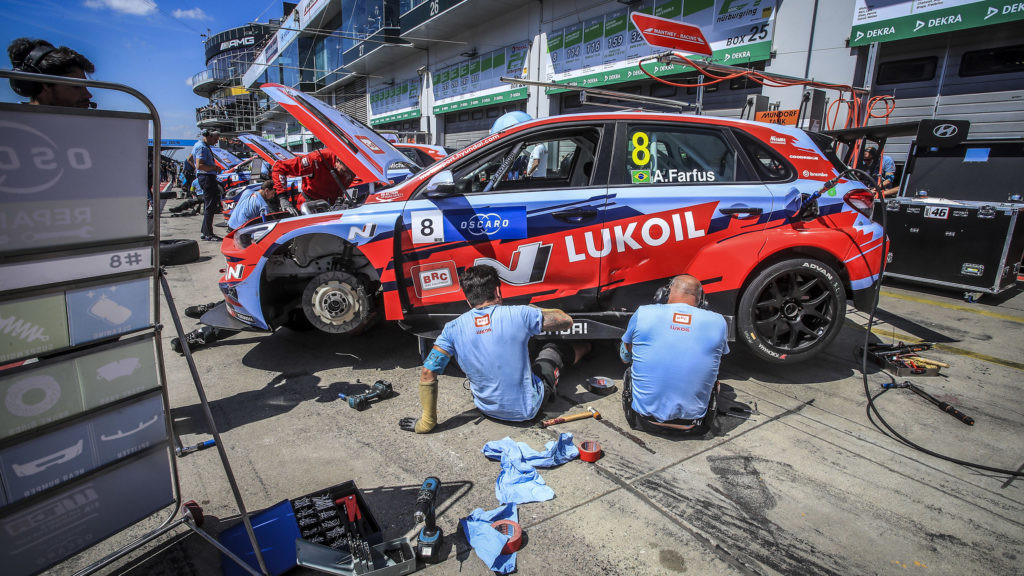
The FIA already knew cost control is going to be a problem
The FIA know cost control is vital in a non-manufacturer championship; and that the manufacturers could make the switch to perceiving WTCR as one that’s a brand value add, rather than just a top-level customer racing project.
“We see that customer racing is developing really well,” said Frédéric Bertrand, FIA Circuit Championships director at the season launch.
“That’s why we’ve implemented so many rules in order to calm down the cost. The risk is the more the level increases, the more winning the title increases, not only for the drivers but also for the brands.
“The moment the brands see strong additional value, they’ll start to inject money, which will start slowly to change the concept to works teams, instead of customer racing. Which is why we’re trying to find ideas to keep the system under control.”
The question is whether what Frédéric was worried about already happening?
Just looking at the driver talent alone, and you’re looking at one of the strongest grids in the current history of touring car racing. A quick bit of tallying up, and you can say for certain that 18 of the 26-car grid are manufacturer supported and salaried racing drivers.
However, it’s not manufacturer-supported drivers that’s the focus of the FIA and the promoter, Eurosport Events; it’s manufacturer supported teams.
That’s why this year there’s controls over the number of technical staff who can work on a car every weekend. But whether those technical staff work for the team directly, or have been placed there by the manufacturer can vary.
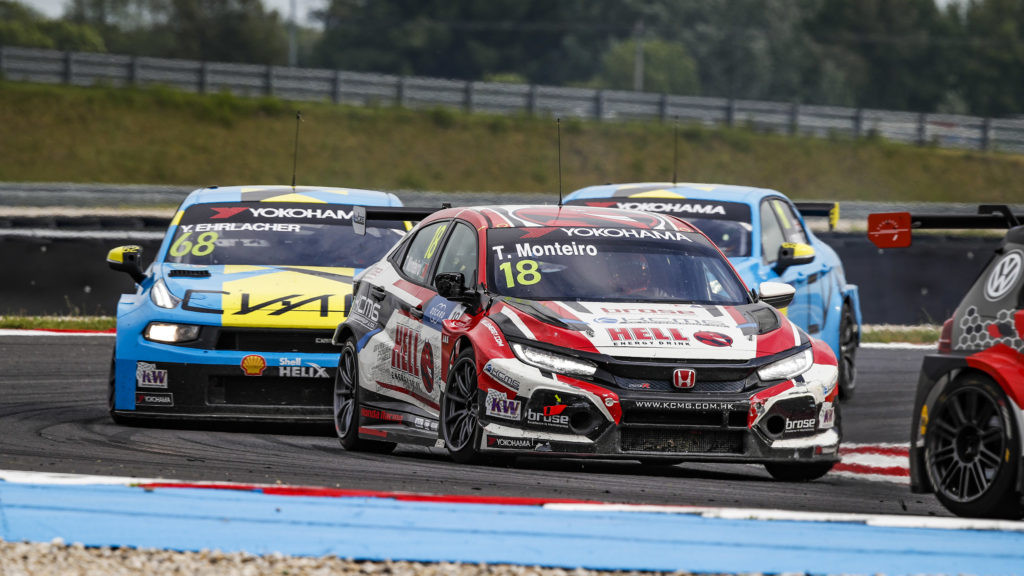
Everybody is doing the same thing, differently…
Every team or manufacturer has a different approach and interpretation of the TCR concept, which says that the car manufacturers can’t race their own product, and they have to be handed to private teams.
Hyundai Motorsport build the i30 N TCR, and all four cars are raced by BRC Racing Team. All four of the team’s drivers are Hyundai Motorsport drivers, while all of the team’s technical personnel are employed by BRC, the racing division of an LPG and CNG manufacturer and marketing firm in Italy – with some of the team’s personnel subcontracted from Hyundai Motorsport’s customer racing division.
Honda has two teams. KCMG, a Hong Kong team which has subcontracted its entire operation to JAS Motorsport, who themselves are contracted by Honda to build its Civic TCR racing car, and operated their factory WTCC team between 2012 and 2017. Then there’s Münnich Motorsport, a German family-run operation which runs its affairs completely separate to the KCMG operation, with the only tie between the teams is that they all run Honda Europe Motorsport-backed drivers.
Volkswagen has dialled up its operation this year, adding two cars for its development driver Benjamin Leuchter, and their former factory World Rallycross driver Johan Kristoffersson to join Rob Huff, while Mehdi Bennani, a mainstay at the Sébastien Loeb Racing team which run the cars, remains with them.
Audi Sport and Cupra Racing could be considered to be the least engaged manufacturers in the championship. While Audi Sport have placed three factory drivers in the WRT and Comtoyou Racing teams, the budget for pre-season testing was minimal, and WRT and Comtoyou work very much as their own operations, with limited though critical on-site support from Audi Sport customer racing.
Cupra Racing’s set-up is the same, with PWR Racing and Comtoyou Racing again running the programmes alone, with even less financial support from the Spanish brand behind their drivers.
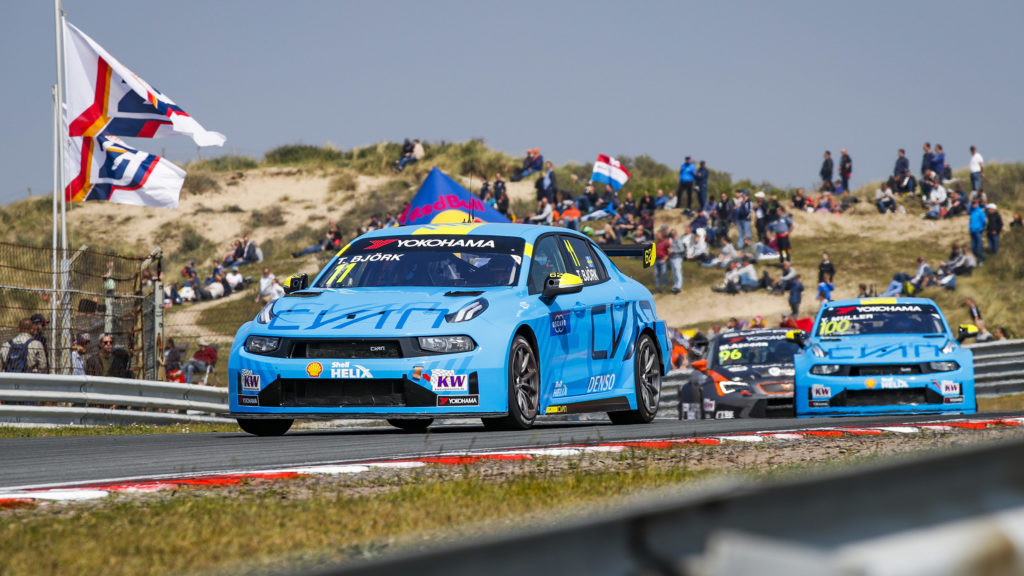
The Lynk & Co “problem” explained
That leaves Lynk & Co – the newcomer, with a different approach, and the one that’s got everyone else’s backs up.
First, like Hyundai and Honda, all four of their drivers are factory-backed drivers, no question. Andy Priaulx, Yvan Muller, Yann Ehrlacher and Thed Björk were hand-picked, with the team one of the first to get its driver line-up sorted for 2019, with most drivers signed up before the end of the summer last year.
A fallacy to be sorted out quickly however, and often assumed, is that Cyan Racing, who developed and ran the Volvo S60 TC1 in the WTCC, are the builders of the Lynk & Co 03 TCR. They are not.
The cars are developed by Lynk & Co’s Geely Group Motorsport arm, with the cars assembled and constructed in the UK.
Cyan Racing is an independent operation from Geely/Lynk & Co, after CEO Cyan CEO Christian Dahl sold his performance division, “Polestar” to Geely Group back in 2015, and then split off his racing arm. The team then took delivery of the cars in late 2018, and run them out of their base near Gothenburg.
But where there is a difference to the way Lynk & Co presently operate, is that so far, they only have the four cars racing anywhere in the world, all in the WTCR, all with their chosen racing partner Cyan, and that is what is drawing most of the frustration from the other manufacturers.
While Hyundai rolled out the i30 N TCR in Zhejiang in late 2017 and redefined the technical level of TCR racing, with Gabriele Tarquini blasting the opposition away in the brand new hatchback, the cars were quickly in production, with teams such as BRC, YMR, Target Competition, Essex & Kent, Stefanovski Racing Team, Piro Sports, Engstler Motorsport and M1RA all taking delivery of their Hyundais for the start of their various campaigns in 2018.
Lynk & Co has been a closed shop so far, with paranoia setting in, with some fearing that the marque has no intention in selling cars to other customers, and has basically developed a dedicated, non-cost effective, factory touring car with the purpose of winning the 2019 WTCR title at any cost.
However, the manufacturer says that is not the case at all.
“The WTCR is the commercial window to promote the vehicle,” said Alexander Murdzevski Schedvin, Geely Group Motorsport general manager to TouringCarTimes.
“If I wanted to create the marketing plan to promote the 03 TCR, of course I would start in WTCR, as it’s the most widely recognised.”
Reflecting on the longer lead time, Schedvin explains that Lynk & Co are growing rapidly to compete against manufacturers who’ve long had customer racing departments in-place. The Volkswagen Group’s being the most established of all, while Hyundai Motorsport launched its customer racing division four years ago.
“Lynk & Co is two years old. It’s our first customer racing programme. You can easily compare to a brand which has existed for 100 years and has had a customer racing business for 50, ten or five years already,” he added. “I don’t have importers in Europe yet, which means that they’d need to supply the base car, special parts and even standard parts through one and the same organisation – so it’ll take some time to get this up and running.”
Schedvin isn’t concerned however about the supply agreement principle that sits behind TCR, with manufacturers needing to supply a minimum of ten cars.
“In 12 months’ time, we have to sell ten cars, and that’s easily achievable for us,” he explained.
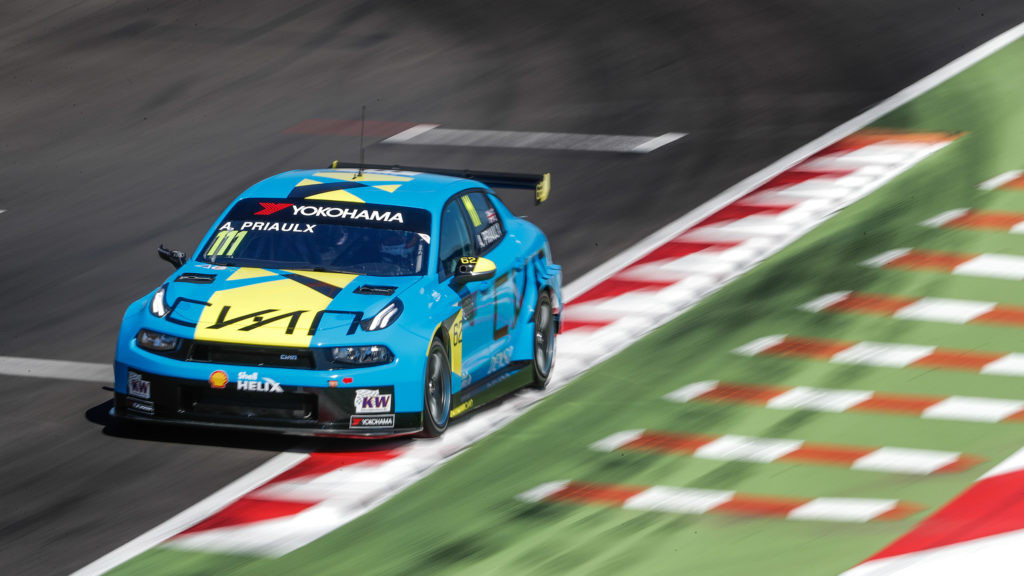
However, Schedvin has said there’s no intention of rushing to put their cars out on the grid in other championships this year, with the focus firmly on selling the 03 TCR for wider competition in China and Asia in 2020.
“I think it’s become clear that two things are very important when competing in national championships. One is parts support, as if a national championship promoter complains about anything, it’s the presence of the brand and the parts supply,” he said.
“They also want the brand to support the championship and the team, so I conclude we’d only have teams able to start racing in countries where we have strong dealership networks and importers. As we are growing and developing, we’ll have that in Europe and the US going forward, but next year for sure, I know I have China.
“If we sell a car to a customer, they will not buy a car for just the last race of a season. Also, there’s a worry on how that would be perceived. As much as I’d like to have a customer to test drive a car at a national event before purchase, that’s a sure-fire way to get criticized, and be challenged as to whether that’s a customer racing business, as who’s buying a car for one race only?
“I know people in the WTCR community would feel more at ease if that would happen, but equally it could upset just as many, to be cherry picking and ruining the finale of a national championship; and as a newcomer, I’m being scrutinized more than another player in customer racing, so I at minimum I need to do it better than everyone else, so I’ll take my time and try to do it right.”
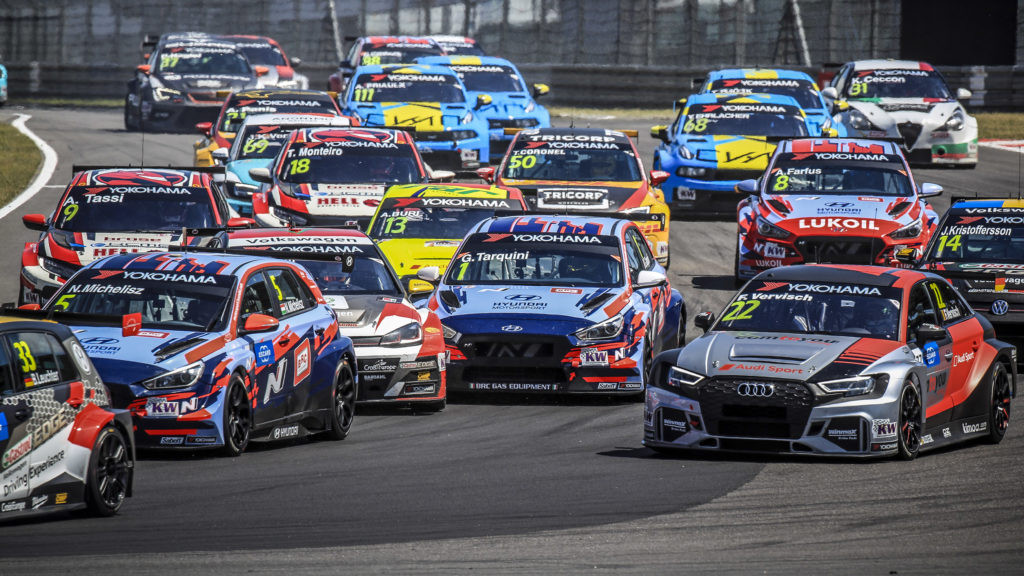
A complicated problem for the TCR promoter and the FIA to solve
There’s no question, at the moment, the way every manufacturer, team, and customer racing operation are working is unique in WTCR, and while everyone’s sure they’re doing things the right way, it’s causing plenty of consternation in the paddock.
Hyundai were under fire last year, and now Lynk & Co are under flak as well, because of their slower, more steady approach, which is also being perceived as a cover for a full-fledged works programme, when the brand is clear that’s not the case.
While TCR promoter WSC Group and the FIA have been putting rules and controls in place to protect the category, it’s clearly a development area for all the teams and organisers to work on to try and put together a framework that clearly sets out what everyone is able to do; else the whole grid will continue to hurl the accusation of “he’s a works team” around like a playground insult, and damage the perception of fairness of the end result.
